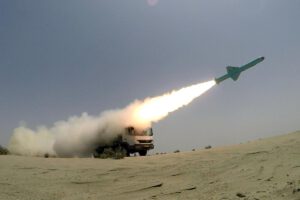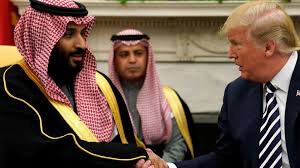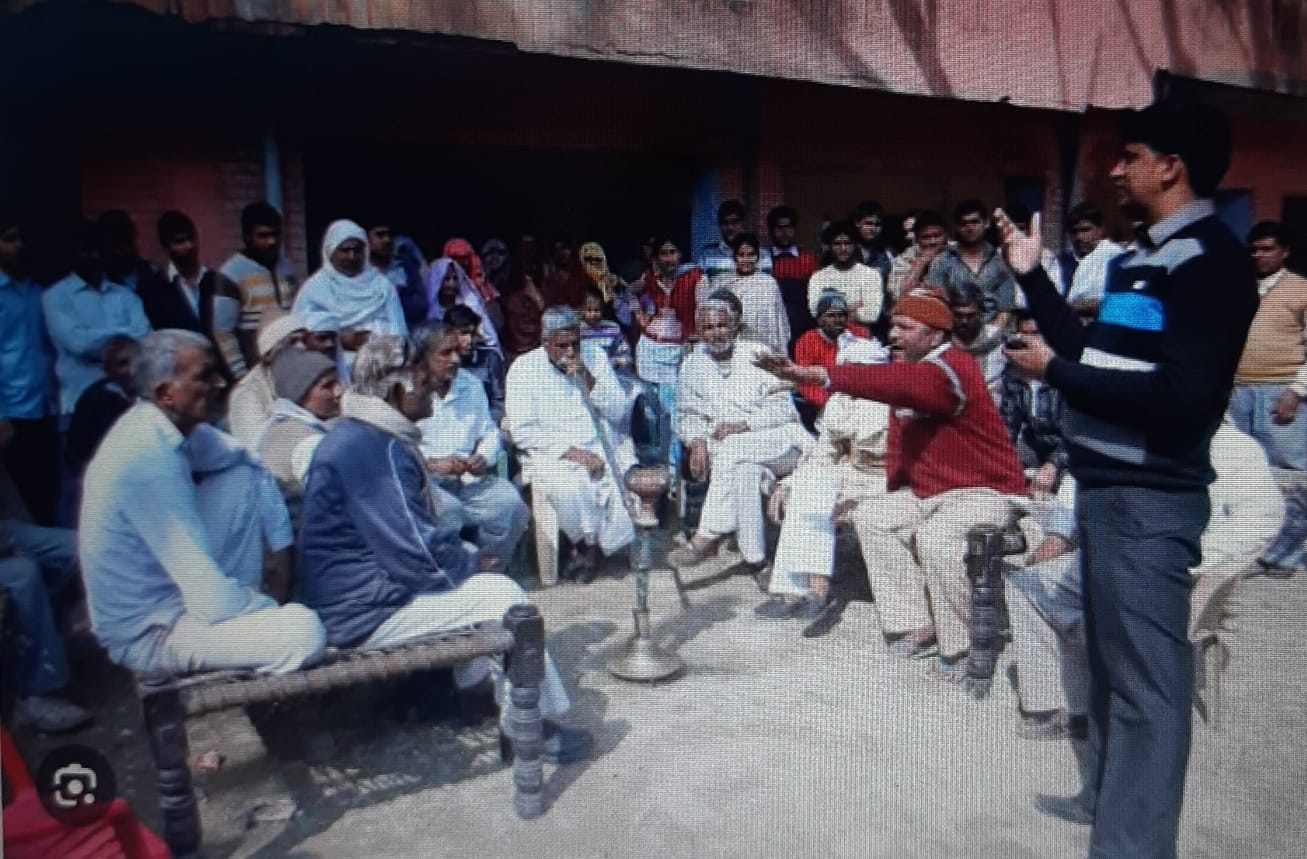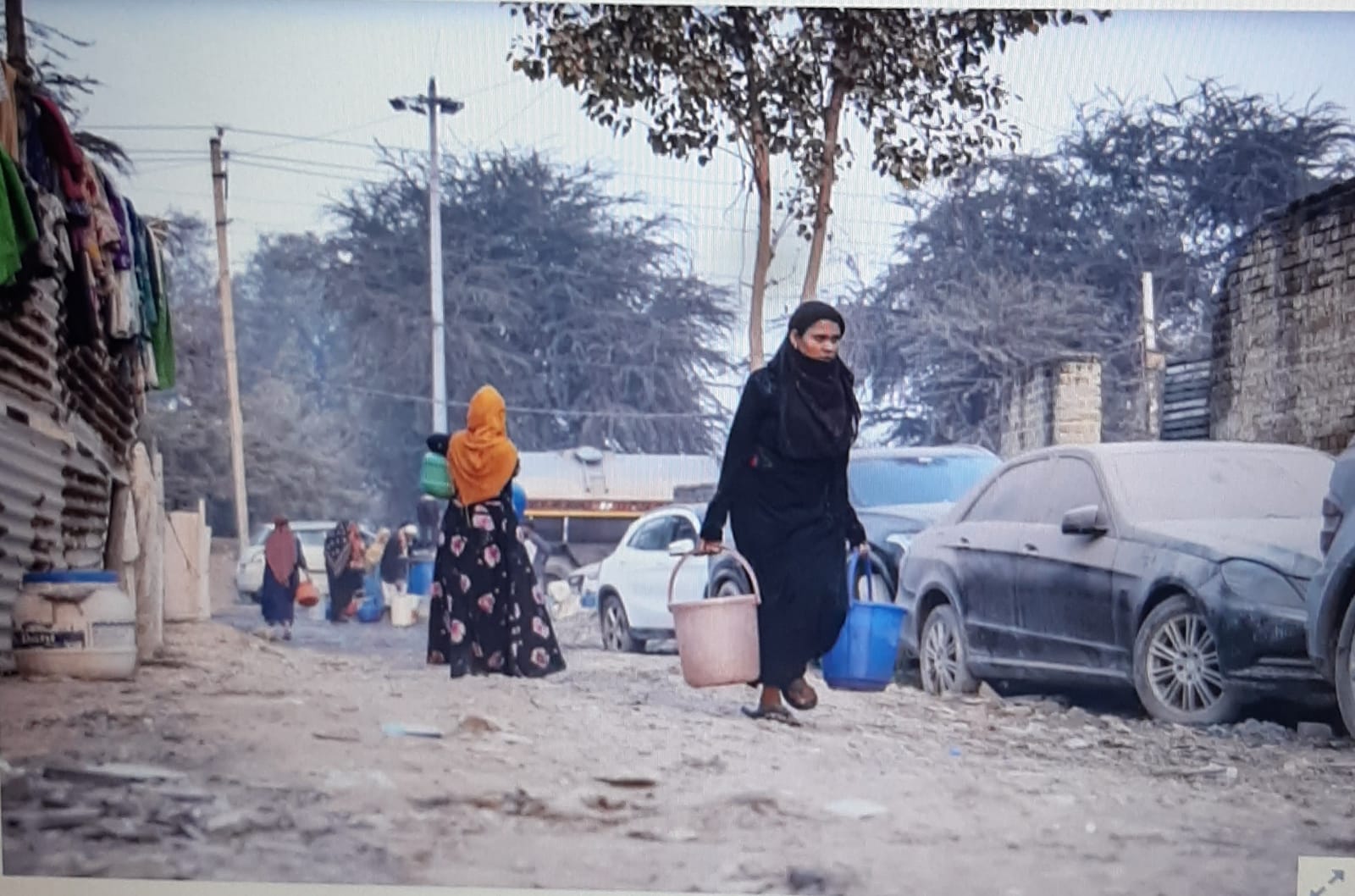
Neither Pressure Nor a Narrow Nuclear Deal Can Succeed on Its Own
By Elisa Catalano Ewers, Ilan Goldenberg, and Kaleigh Thomas (Foreign Affairs)
Only nine months ago, the United States and Iran nearly went to war. Even with simultaneous public health and economic crises dominating today’s agenda, that sobering fact should make Iran an early priority for a new U.S. administration in 2021.
In order to relieve tensions, the next U.S. administration will need to engage Iran in renewed diplomacy. But successful diplomacy with Iran will not come easily. The United States will have to navigate its own and Iranian domestic politics. Israel and some of the Gulf states will greet such engagement with anxiety or outright opposition. Moreover, a legacy of deep distrust divides Washington and Tehran. Nonetheless, the U.S. political transition could present an opportunity, as Iran may either test the possibilities with a President Joe Biden or relent and negotiate with a reelected President Donald Trump rather than face four more years of harsh sanctions.
The United States should start by negotiating a de-escalatory agreement that contains Iran’s nuclear program and lowers regional tensions. But it should then work both to negotiate a follow-on to the 2015 Iran nuclear deal and to tackle more fundamental regional disagreements. By putting diplomacy in the lead, the United States can address its discord with Iran and calibrate a smart and clear-eyed policy for the Middle East.
LESSONS OF THE PAST
The context in which a new administration will assume power in 2021 will be quite different from the one in which the administration of President Barack Obama negotiated the Iran nuclear deal. But the next U.S. administration can take valuable lessons from the Obama administration’s experience in negotiating that agreement, as well as from the agreement’s collapse upon the Trump administration’s withdrawal from it.
The deal demonstrated that the United States and Iran can, in fact, reach an arms control agreement, and its particulars furnish a blueprint for future diplomacy, making technical negotiations much easier for both sides. But the trajectory of the 2015 agreement also shows that any accord that does not address Iran’s destabilizing policies in the Middle East is likely to fail, because Israel, the Gulf states, nearly all Republicans, and some Democrats will oppose it.
Recognizing this reality does not entail making a nuclear agreement contingent on Iran’s surrendering all of its interests in the Middle East, as it effectively would have to do to meet the 12 demands U.S. Secretary of State Mike Pompeo set forth as a condition for sanctions relief in 2018. Pursuing a “grand bargain” that comprehensively addresses all nuclear and regional concerns in a singular deal or demands capitulation is a recipe for failure. But doing nothing to address regional concerns is also not sustainable. A more successful diplomatic approach would address both nuclear and non-nuclear concerns from the start, methodically pursuing them separately but in parallel and seeking incremental progress in a number of areas instead of one all-encompassing agreement.

The Trump administration’s course with Iran has manifested the extent of U.S. economic power. Washington is far better off working with allies, but it also has the capability unilaterally to relieve and expand significant economic pressure. This demonstrated power gives the United States great leverage, as well as the flexibility to make concessions, knowing they are reversible.
FIRST, DE-ESCALATE
Hard-liners are expected to win Iran’s June 2021 presidential election, but Hassan Rouhani, the pragmatic president whose team negotiated the 2015 nuclear deal, will remain in office for the first six months of 2021. Supreme Leader Ali Khamenei is Iran’s ultimate decision-maker; even so, the Rouhani administration’s continued presence may offer a narrow window of opportunity for an early de-escalation, given its experience negotiating the original deal and the relationships it has with American negotiators. If the Iranian regime is looking to reengage Washington, Rouhani’s team might be best positioned to deliver on that intent. And if Khamenei is on the fence, Rouhani’s team may be able to convince him to reengage.
Neither Biden nor Trump will conclude a historic agreement during the short time Rouhani remains in office, but to fail to cement any progress would be to lose a possible opportunity. The United States should spend those six months forging an initial arrangement that de-escalates regional tensions and arrests Iran’s nuclear progress. It should consult extensively with its partners in doing so.
To set the conditions for such an arrangement, Washington will need to undertake modest, unilateral confidence measures right away. At a minimum, it should abolish the travel ban from Iran and ensure—even expand—exceptions to U.S. sanctions that allow Iran to address the humanitarian needs arising from the COVID-19 crisis.
The United States and Iran should attempt then to reset the cycle of escalation with an informal “calm for calm” agreement. Iran would put a stop to the proxy attacks on U.S. forces in Iraq and elsewhere in the Middle East, as well as mine and missile attacks on oil tankers and critical infrastructure. The United States would cease the bellicose rhetoric and do what is in its power to restrain provocations such as some of the mysterious explosions inside Iran in recent months.
The U.S. government must then decide how to pursue the nuclear component of this early arrangement. A Biden administration may try to get the United States and Iran to reenter the 2015 agreement. Such an approach may be the simplest to negotiate. It would also most meaningfully roll back Iran’s nuclear program, and it could help the United States repair transatlantic relations. However, returning to the deal could permanently alienate the agreement’s opponents, which include Israel, Saudi Arabia, and congressional Republicans. That fallout could in turn complicate future diplomacy with Iran. Iran’s internal politics may also foreclose the possibility of a simple reentry so close to elections, as hard-liners would not want Rouhani’s faction to have such a victory.

A new U.S. administration—in this case more likely Trump’s than Biden’s— could instead pursue a different short-term agreement: one that would lack the scope of the original nuclear deal but that would require Iran to freeze its nuclear program or partially roll it back in exchange for limited sanctions relief. This arrangement would be similar to the deal French President Emmanuel Macron tried to forge in 2019 between Iran and the United States, or to the 2013 Joint Plan of Action, which preceded the final agreement. Opponents to the 2015 agreement may find this option more acceptable, because it would leave more sanctions in place at the start. And because the deal would be straightforward, with relatively few steps to implementation, it might help Iran and the United States avoid getting bogged down in detailed negotiations. On the other hand, it would not roll back Iran’s nuclear program as far, and it would require opening an entirely new negotiation, which would likely necessitate a 30-day congressional review period.
Whether the United States returns to the 2015 Iran nuclear deal or negotiates a more limited alternative will depend ultimately on the Iranian position. And either a Biden or a Trump administration should be open to testing all possibilities.
PARALLEL TRACKS
An initial de-escalation deal would forestall any crisis from unfolding before the Iranian election. In so doing, it would buy time for the United States to develop a comprehensive strategy in consultation with its partners and Congress. The parties could then begin engaging on parallel tracks: one focused on further de-escalating regional tensions and the other on hammering out a follow-on nuclear arrangement. The tracks will be separate, but not entirely independent.
Iran, the United States, other regional actors, and members of the P5+1 need a framework in which to engage one another, and the United States should offer its support for and participation in a facilitated, active, multilateral dialogue on issues of import to the region. For regional partners, American efforts to participate in such a dialogue would signal an important U.S. commitment. For Iran, the inclusion of multiple international players would signal that the United States is not simply out to impose its views.
The overall objective should be to sustain a process that might produce durable solutions. But initial goals should be modest and can start with practical, narrow dealmaking. A highly structured forum with lengthy agendas and formal interventions is less likely to succeed than a more flexible one with multilateral meetings and smaller contact groups. The key is for the United States, in concert with the P5+1, to invest serious diplomacy in such a dialogue.
The dialogue would lay the foundation for constructive engagement even while contributing to the Middle East’s long-term stability. Through it, the region’s states could seek an agreement to not interfere in one another’s internal affairs. At the same time, they could adopt cooperative measures to address COVID-19, other health issues, natural disasters, and climate change. The dialogue could pursue naval de-escalation in the Gulf through multilateral mechanisms. And it could address arms control by limiting conventional offensive arms, including missiles, curtailing nuclear enrichment for civilian purposes, and devising common inspection regimes. Some difficult issues are unlikely to yield early progress, but they should be part of the program nonetheless. These include ending the civil wars in Syria and Yemen and reducing tensions between the United States and Iran in Iraq and Afghanistan.
Simultaneously, the United States and the P5+1 should engage Iran in follow-on negotiations regarding its nuclear program. The first priority in this regard should be for Iran to extend the expiring sunset provisions in the 2015 nuclear deal, in exchange for greater sanctions relief from the United States. Such relief could include allowing for “U-turn” transactions, in which Iranian funds held in foreign banks can pass through the U.S. financial system, or relaxing some limited aspects of the direct U.S. embargo.
If negotiations on regional issues make progress, the United States should show flexibility on sanctions relief. Likewise, a stalemate in regional diplomacy should affect the nuclear discussions. But neither track should be allowed to hold the other hostage. Some discussions, such as those regarding Iran’s missile program or regional agreements on civilian nuclear use, may overlap them both.
OTHER PLAYERS
For this strategy to work, the United States will have to convince Israel, the Gulf states (especially Saudi Arabia and the United Arab Emirates), and the U.S. Congress to play constructive roles. The United States should assure its partners in the Middle East that while Iran’s nuclear program remains a priority, Washington will put greater emphasis on the regional issues than it did in the past. It should signal from the start that it is aiming not naively to transform Iran or the region but to construct practical deals, supported by U.S. diplomacy, that de-escalate tensions.
Congress may pose the greatest difficulty to a Biden administration that seeks to reengage. A Trump administration can rely on Republicans to fall into line if it reengages with Iran and on Democrats to welcome de-escalation. Biden, however, would need to persuade Congress that his administration’s approach will address concerns about nuclear deal sunsets, ballistic missiles, and regional issues and to emphasize that it can and will reimpose sanctions if necessary. A Biden administration could consider creative ways to maximize Republican buy-in: say, by developing a bipartisan “gang” of members who are leaders on national security, from whom the administration would solicit views on Iran and who might even observe some of the negotiations. If bipartisan support for engaging Iran proves elusive, Biden will have to take steps to harden any agreement against reversal.
Putting U.S. policy toward Iran on a firmer footing is an extraordinarily complex task that will require delicately aligning numerous players. The U.S. political transition in 2021 could offer either a President Biden or a President Trump a critical opportunity to do just that—but each would have to break with the past. Biden would need to move Democrats away from a nuclear-only strategy and put greater focus on the region. Trump would have to revise his pressure-only approach and engage in serious negotiations. Both would have to put diplomacy in the lead. (Courtesy/Thanks: Foreign Affairs)
ELISA CATALANO EWERS is an Adjunct Senior Fellow at the Center for a New American Security, on the adjunct faculty at the Johns Hopkins School of Advanced International Studies, and a former U.S. government official serving in the Obama and George W. Bush administrations.
ILAN GOLDENBERG is Director of the Middle East Security Program at the Center for a New American Security.
KALEIGH THOMAS is a Research Associate and recipient of the 1LT Andrew J. Bacevich Jr., USA Award at the Center for a New American Security.









